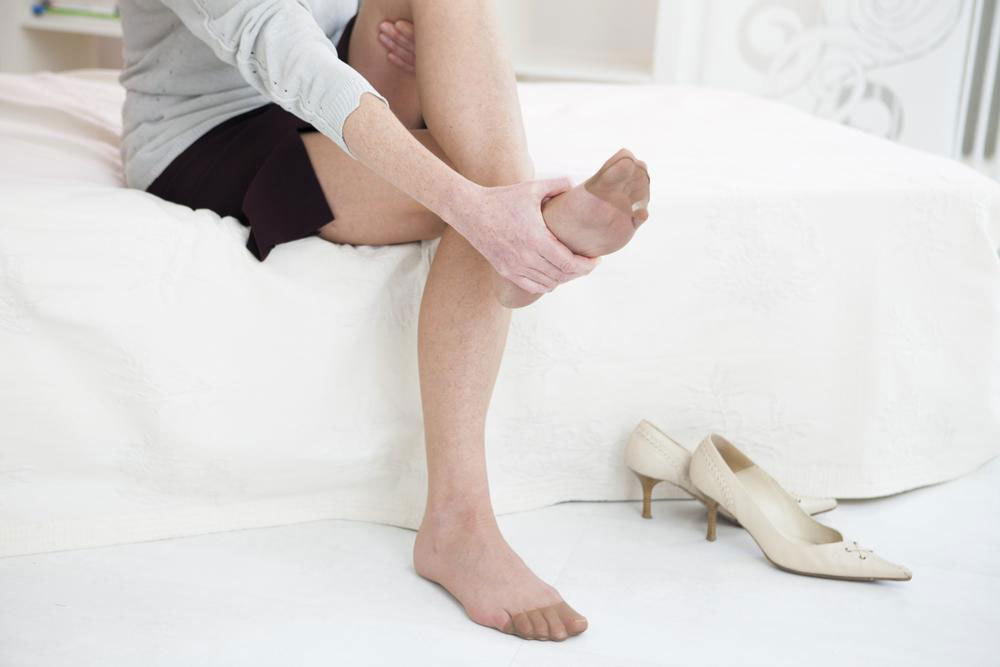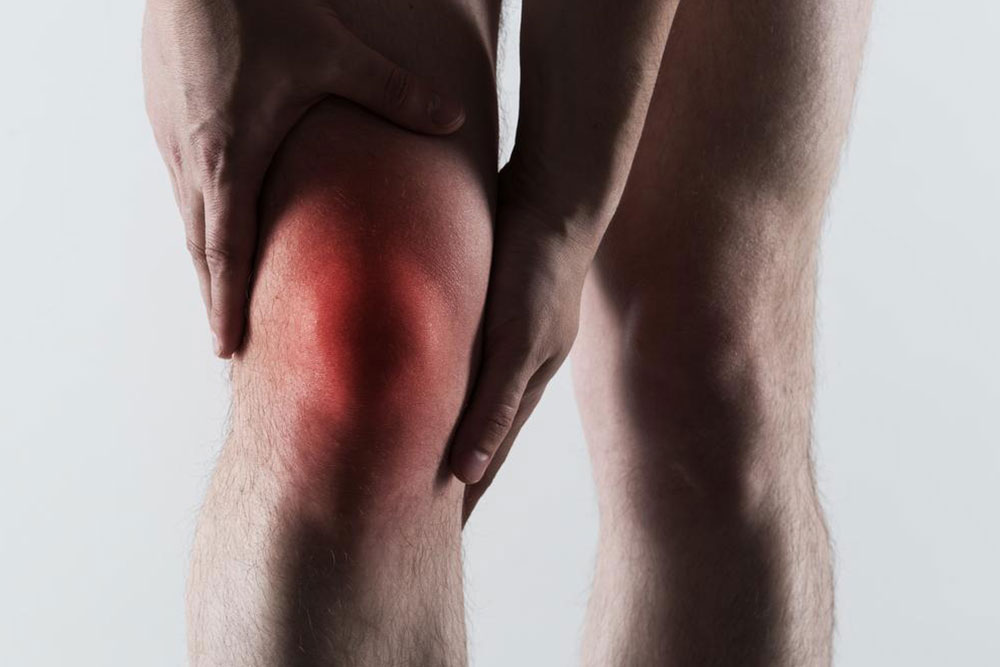Gout Overview: Symptoms, Causes, and Strategies for Relief
This article provides an in-depth overview of gout, including its symptoms, causes, and effective management strategies. It emphasizes early treatment, lifestyle changes, and alternative therapies to prevent joint damage and recurrent attacks, offering practical advice for those affected by this painful condition.

Gout often manifests as sudden, severe pain in the big toe or other joints, striking unpredictably. This form of arthritis results from uric acid buildup in the bloodstream, leading to sharp crystal deposits in joints. The big toe is most commonly affected, but ankles, elbows, wrists, and fingers can also experience gout attacks. These episodes typically last up to ten days, with pain peaking within the first three days.
If untreated, gout can spread to additional joints. Prompt inflammation management is vital to reduce pain and prevent worsening conditions.
Gout attacks usually start on one side and can involve more joints over time if not addressed. Effective treatment focuses on reducing inflammation to ease pain and stop joint damage.
Common Gout Symptoms
Intense joint pain: Typically in the big toe but also affecting ankles, elbows, wrists, and fingers, with pain peaking early on.
Swelling and lumps: Excess uric acid crystals can cause visible swelling and nodules under the skin.
Lingering discomfort: Some patients experience mild pain that persists for weeks, especially with recurring attacks.
Inflammation: Redness, swelling, and tenderness are common in affected joints.
Redness and warmth: Inflammation can make joints appear red and feel hot.
Limited movement: Swelling and pain restrict joint flexibility, notably in the big toe.
Walking issues: Toe pain may affect balance and gait.
Fever: High fever may indicate a serious joint infection in severe cases.
Relieving Gout Discomfort
Most gout attacks resolve within ten days with or without treatment. However, severe symptoms with fever demand immediate medical care. Treatment strategies concentrate on pain relief and inflammation control, including medications and lifestyle measures.
Drug therapy: NSAIDs and steroids help reduce pain; consult your doctor before use.
Uric acid control: Medications that lower uric acid production or promote excretion prevent future flares.
Home care: Applying cold packs, resting, and wearing supportive footwear can provide relief.
Diet and habits: Limiting high-purine foods, staying hydrated, avoiding caffeine and alcohol, and maintaining a healthy weight reduce attack frequency.
Alternative options: Supplements like turmeric, bromelain, acupuncture, and hot-cold compresses may serve as additional relief methods when standard treatments fall short.
Proper management of gout through medications, lifestyle modifications, and complementary therapies helps prevent recurring episodes, kidney issues, and joint deterioration.

